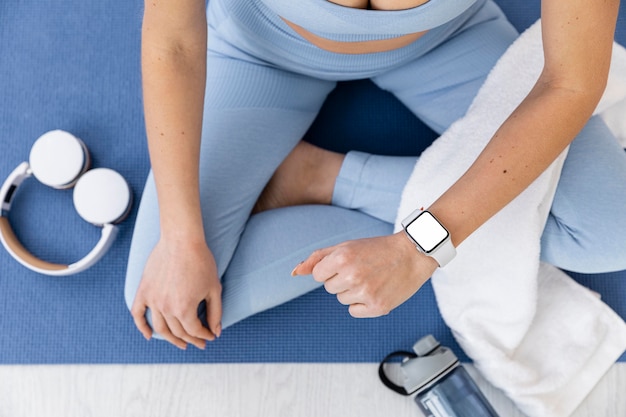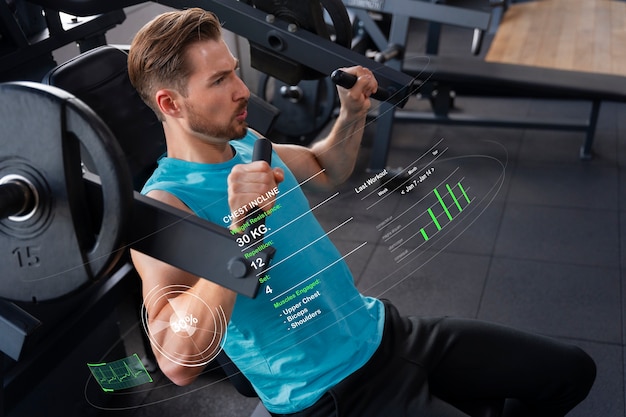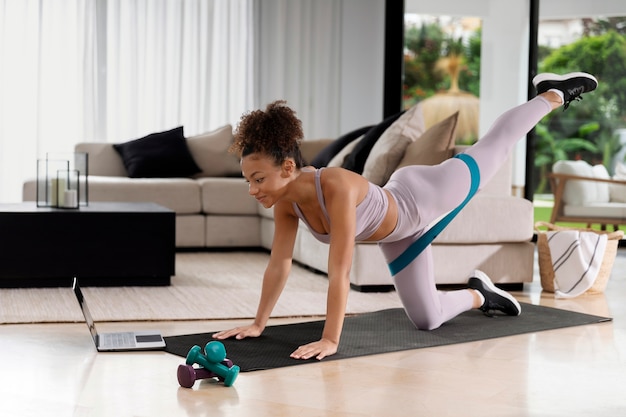28 Science-Backed Ways to Supercharge Your Metabolism with a Stair Climber – Safe & Effective Tips for People with Diabetes
Managing diabetes doesn’t mean sacrificing fitness goals. In fact, regular physical activity is one of the most effective tools for improving insulin sensitivity, maintaining healthy blood sugar levels, and boosting metabolism. Among the most accessible and powerful cardio machines is the stair climber—a low-impact, high-intensity workout that can transform your metabolic health.
This guide explores 28 practical, safe, and effective ways to use a stair climber to enhance your metabolism, especially if you're living with type 1 or type 2 diabetes. We’ll cover weekly targets, expert-backed tips, and essential safety reminders to keep you on track and injury-free.
Why the Stair Climber Works for Metabolism and Diabetes
The stair climber engages large muscle groups—especially in the glutes, quads, and calves—requiring significant energy. This increases your heart rate, burns calories efficiently, and elevates your metabolic rate both during and after exercise (a phenomenon known as EPOC—Excess Post-Exercise Oxygen Consumption).
For people with diabetes, this form of aerobic exercise helps muscles absorb glucose without relying heavily on insulin, making it a powerful tool for blood sugar control.

28 Ways to Boost Metabolism Using a Stair Climber
- Incorporate 10-minute climbing sessions 3 times daily to spread activity and stabilize glucose levels.
- Warm up for 5 minutes at low resistance to ease into movement safely.
- Use interval training: 1 minute fast, 2 minutes recovery—repeat for 20–30 minutes.
- Gradually increase resistance to build muscle and boost resting metabolism.
- Track your heart rate to stay in the fat-burning zone (typically 60–70% of max heart rate).
- Stay hydrated before, during, and after workouts to support circulation and energy.
- Check blood sugar before and after each session to monitor response.
- Avoid exercising during peak insulin action to reduce hypoglycemia risk.
- Carry a fast-acting carbohydrate (like glucose tablets) during workouts.
- Wear supportive shoes to protect feet—especially important for those with neuropathy.
- Focus on posture: stand tall, avoid leaning on handrails.
- Engage your core throughout the climb to improve stability and calorie burn.
- Try backward stepping (slowly and carefully) to activate different muscles.
- Use the machine’s pre-set programs to vary intensity and prevent plateaus.
- Exercise at the same time daily to help regulate glucose patterns.
- Combine stair climbing with light resistance training post-workout for added metabolic benefit.
- Track your weekly progress using a fitness journal or app.
- Start with 3 days per week and build to 5–6 as endurance improves.
- Keep sessions between 20–45 minutes for optimal metabolic impact.
- Practice deep breathing to improve oxygen flow and endurance.
- Wear moisture-wicking clothing to prevent overheating.
- Stretch after each session to reduce soreness and improve flexibility.
- Listen to upbeat music or podcasts to stay motivated.
- Pair workouts with adequate sleep—rest is crucial for metabolic recovery.
- Stay consistent—even on tough days, a 10-minute climb counts.
- Monitor your A1C trends over time to assess long-term benefits.
- Consult your healthcare provider before starting any new exercise program.
- Use a fitness tracker to monitor steps, heart rate, and calories burned.
Weekly Stair Climbing Targets for People with Diabetes
- Week 1–2: 3 sessions, 15–20 minutes, low to moderate intensity.
- Week 3–4: 4 sessions, 25 minutes, include 1 interval session.
- Week 5–6: 5 sessions, 30 minutes, mix of steady-state and intervals.
- Ongoing: 5–6 sessions weekly, 30–45 minutes, with varied intensity.
Safety First: Important Reminders
While stair climbing is safe for most, those with diabetes should take extra precautions:
- Check feet daily for blisters or sores, especially if you have neuropathy.
- Avoid exercising if blood sugar is below 100 mg/dL or above 300 mg/dL.
- Stop immediately if you feel dizzy, short of breath, or experience chest pain.
- Stay near a seat or wall in case of sudden glucose drops.
- Never skip warm-up or cool-down phases.

Final Thoughts
Boosting your metabolism doesn’t require extreme measures. With a stair climber, consistent effort, and smart strategies, you can improve insulin sensitivity, manage weight, and enhance overall well-being—safely and effectively.
Remember: progress over perfection. Start small, stay consistent, and celebrate every step forward—literally.

















